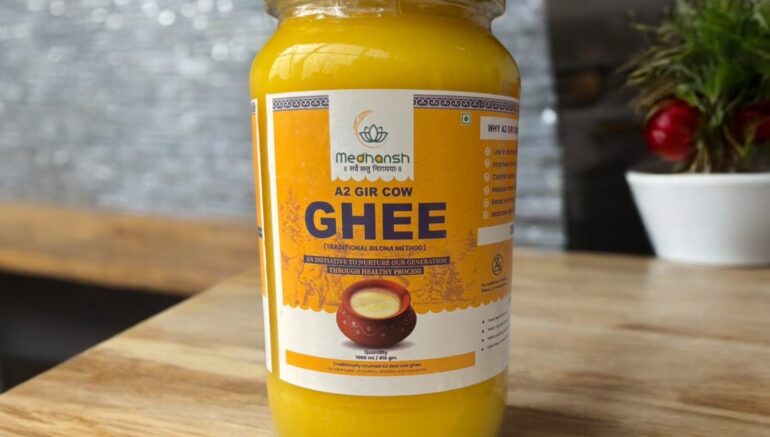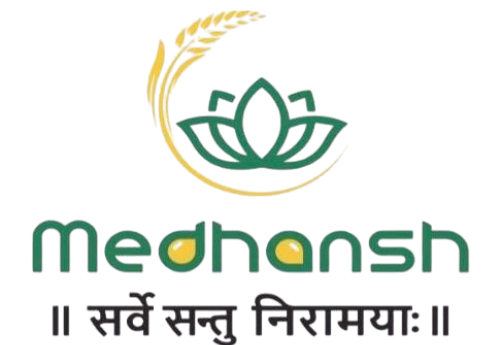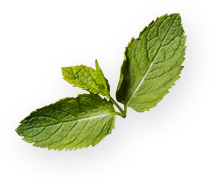
February 9, 2023
Traditional Bilona Method: The ghee should be made using the traditional Bilona method, which involves churning curd made from cow’s milk in a wooden churner. This process is slower and more labor-intensive but ensures better quality and retention of nutrients.
Grass-Fed Cow Milk: Ghee made from milk of cows that are grass-fed tends to be of superior quality. Grass-fed milk has higher levels of beneficial omega-3 fatty acids, CLA (Conjugated Linoleic Acid), and antioxidants.
Organic Milk: Ghee made from organic, chemical-free milk will ensure that it is free from pesticides, hormones, and antibiotics, making it healthier.
Clarification Process: The ghee should be clarified at a low temperature to preserve the nutritional qualities, avoiding overheating that could degrade its beneficial properties.
Unbleached and Unrefined: The best Bilona ghee is typically unbleached and unrefined, retaining its natural color, aroma, and nutrients.
Pure, Single-Source Ghee: High-quality Bilona ghee should be made from a single source of milk, typically from a specific breed of cows, such as the indigenous Indian breeds like Gir or Sahiwal.
Rich in Aroma and Flavor: Good quality Bilona ghee will have a rich, nutty aroma and a golden yellow color, with a smooth texture and a clean taste.







I recently purchased this Bilona ghee, and I am absolutely thrilled with the quality! From the moment I opened the jar, I could immediately smell the rich, nutty aroma – it’s unlike any ghee I’ve had before. The texture is smooth and silky, and it has a beautiful golden color. I love that it’s made using the traditional Bilona method, which I know preserves all the nutrients and gives it that authentic taste.